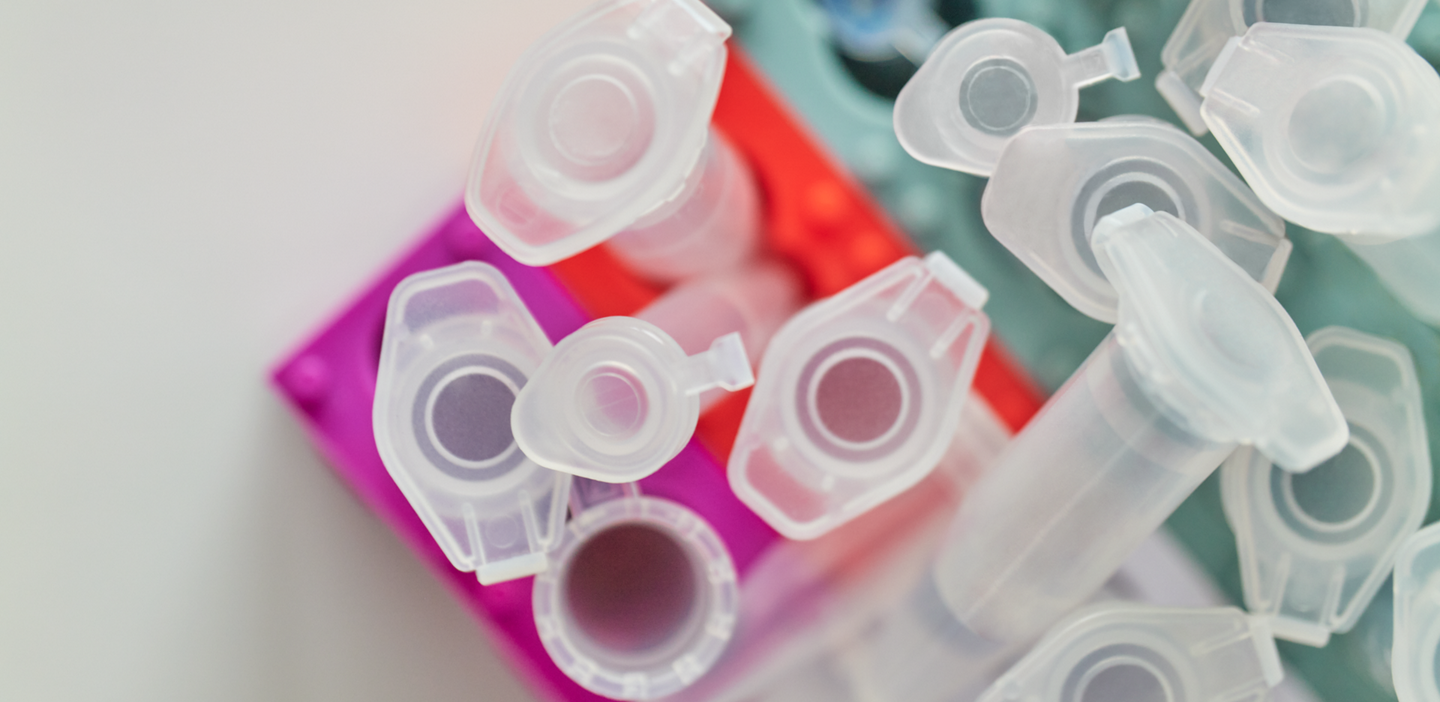Roche Diagnostics develops innovative products and services that address the prevention, diagnosis, monitoring, screening and treatment of diseases

At Roche Diagnostics we believe time is precious and we are dedicated to providing diagnostic tests and services that give people more time with their loved ones.
We are proud to be the UK’s leading provider of in vitro diagnostics tests1 and in 2020 more than 820 million Roche diagnostic tests were used by clinicians across the UK to confirm, rule out or manage health conditions including cancer, heart disease, diabetes, COVID-19, hepatitis, human papillomavirus (HPV) and many others2.

Advancing research and empowering discoveries
Roche research technologies and solutions support researchers from enquiry to impact. Roche provides researchers with leading innovations, instruments and reagents for genome sequencing, tissue staining, microarray analysis, nucleic acid purification, cell analysis and real-time qPCR.

We recently spoke with leaders in digital pathology to understand their views about how the technology can transform patient care and accelerate the adoption of personalised medicine.

Heart failure affects nearly 1 million people in the UK, and there are an estimated 200,000 new diagnoses each year3. One simple test could help transform lives.

We want to open up the conversation about cervical screening - also known as a 'smear test' - providing honest views and relatable advice to help you take control of your cervical health and make an informed decision to book your appointment.

Healthcare sustainability is a growing industry concern, challenging laboratories to do more with less. We aim to provide flexible and high quality services to support you with today’s challenges, and to prepare you for the future.
References